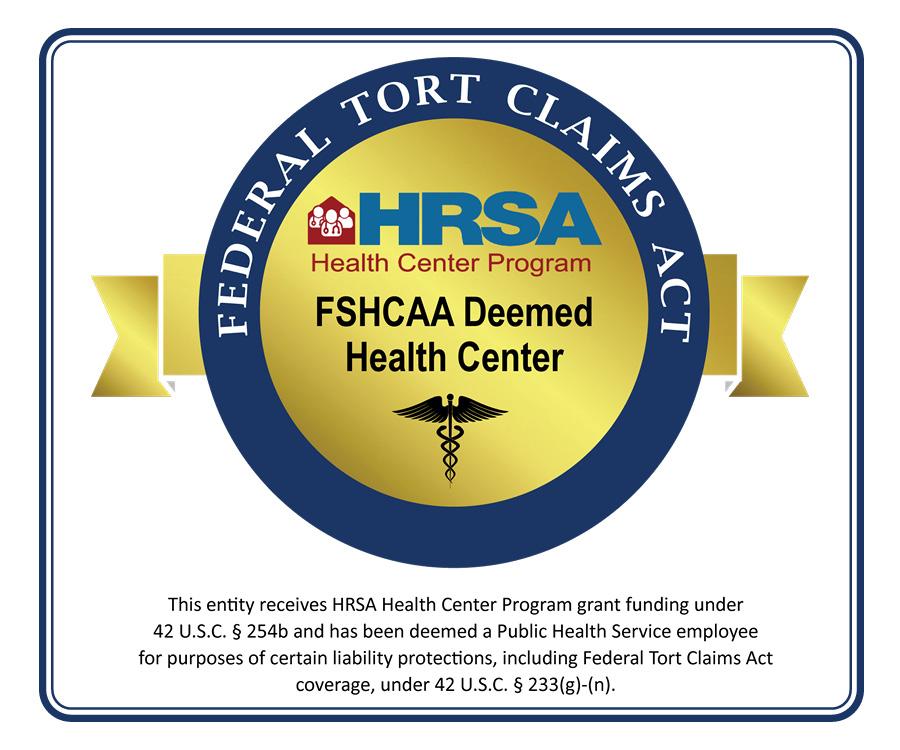RAISE MAGAZINE | Text by, Carolina Quezada, MD
Each year, when the seasons begin to change, your little one might develop a runny nose, itchy, puffy eyes, and sneezing attacks. Sound familiar? Typically, you may dismiss these symptoms as a simple case of “seasonal allergies” and assume your child’s spunky-self will bounce back in no time at all. If you have noticed your son or daughter suffering prolonged symptoms, or attacks of wheezing, coughing, and/or shortness of breath, your child may have a more serious allergic condition or even asthma.
The symptoms your child is experiencing are by no means rare among children across the United States. According to the American Academy of Pediatrics, asthma is the leading cause of chronic illness in children. It affects more than one out of every 10 children in the U.S., and, for unknown reasons, it is steadily increasing. It can begin at any age, but most children have their first symptoms by age 5.
The Asthma and Allergy Foundation of America (AAFA) declares May to be “National Asthma and Allergy Awareness Month.” It’s a peak season for asthma and allergy sufferers, and the perfect time to learn more about these diseases.
WHEN TO SUSPECT AN ALLERGY OR ASTHMA
Most often, allergies and asthma start in childhood and continue throughout adulthood. Here are some common clues from the American Academy of Pediatrics that could lead you to suspect your child may have allergies or asthma:
- Repeated or chronic cold-like symptoms that last more than a week or two. These could include an itchy, runny nose, nasal stuffiness, sneezing, throat clearing, and itchy, watery eyes.
- Recurrent coughing, wheezing, chest tightness, difficulty breathing, and other respiratory symptoms may be a sign of asthma.
- Do your child’s symptoms increase at night or with exercise? Both are suspicious for asthma.
- Recurrent red, itchy, dry, sometimes scaly rashes in the creases of the elbows and/or knees, or on the back of the neck, buttocks, wrists, or ankles may be a sign of eczema or atopy, which can often be seen concurrently with allergies and asthma.
- Symptoms that occur repeatedly after eating a particular food may include hives, swelling of face or extremities, gagging, coughing or wheezing, vomiting, or significant abdominal pain.
- Does your child complain of itching or tingling sensations in the mouth, throat, and/or ears during certain times of year or after eating certain foods? This can be a sign of food allergy, particularly in fresh or raw fruits. Typically, however, cooked forms of the food are tolerated.
If you notice one or more of these symptoms, speak with your family pediatrician who can help you establish the best treatment plan. Your pediatrician may also recommend your child undergo testing to determine specific allergies.
Although neither allergies nor asthma can be completely cured, with proper management they can usually be kept under control. Allergies are caused by the body’s reaction to substances called “allergens,” which trigger the immune system to react to harmless substances as though they were attacking the body.
By keeping common allergens under control, you may lessen the likelihood of your child’s allergy or asthma attack.
REDUCING COMMON ALLERGENS AT THE HOME FRONT
- Be sure to vacuum and clean linens regularly to reduce dust mites (microscopic organisms found in bedding, upholstered furniture, and carpet as well as other places).
- Remove stuffed animal toys from your child’s bedroom and play area.
- Keep a distance between your child and furred animals like dogs, cats, guinea pigs, gerbils, and rabbits.
- Keep pests like cockroaches, mice, and rats, under control.
- Reduce your child’s exposure to pollen from trees, grasses, and weeds.
- Combat the growth of molds and fungi.
- Keep a close eye on the foods your child is eating, particularly cow’s milk, eggs, peanuts, tree nuts, soy, wheat, fish, and shellfish, which are all common triggers for allergic reactions. This is especially important if your child has a known allergic reaction to these triggers.




